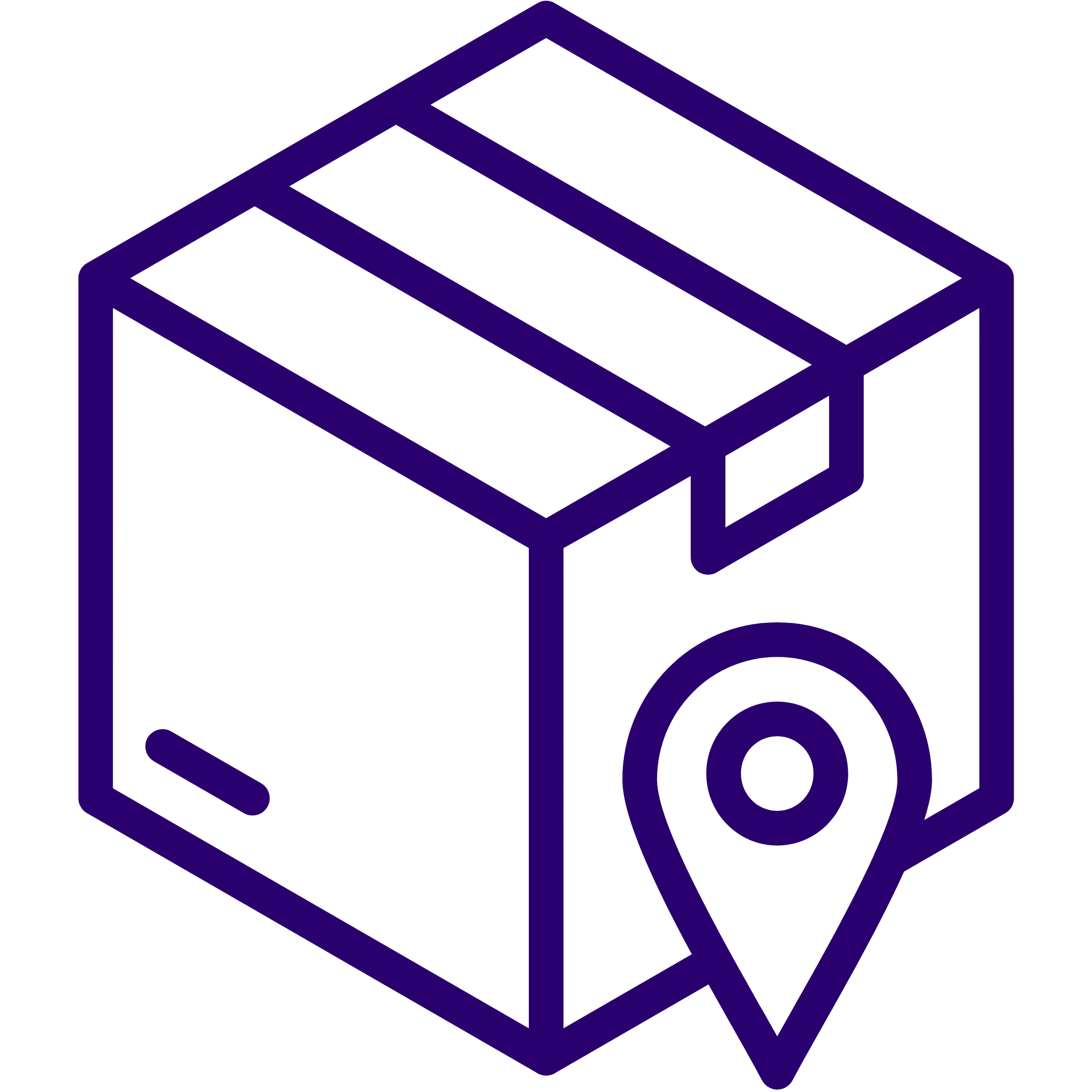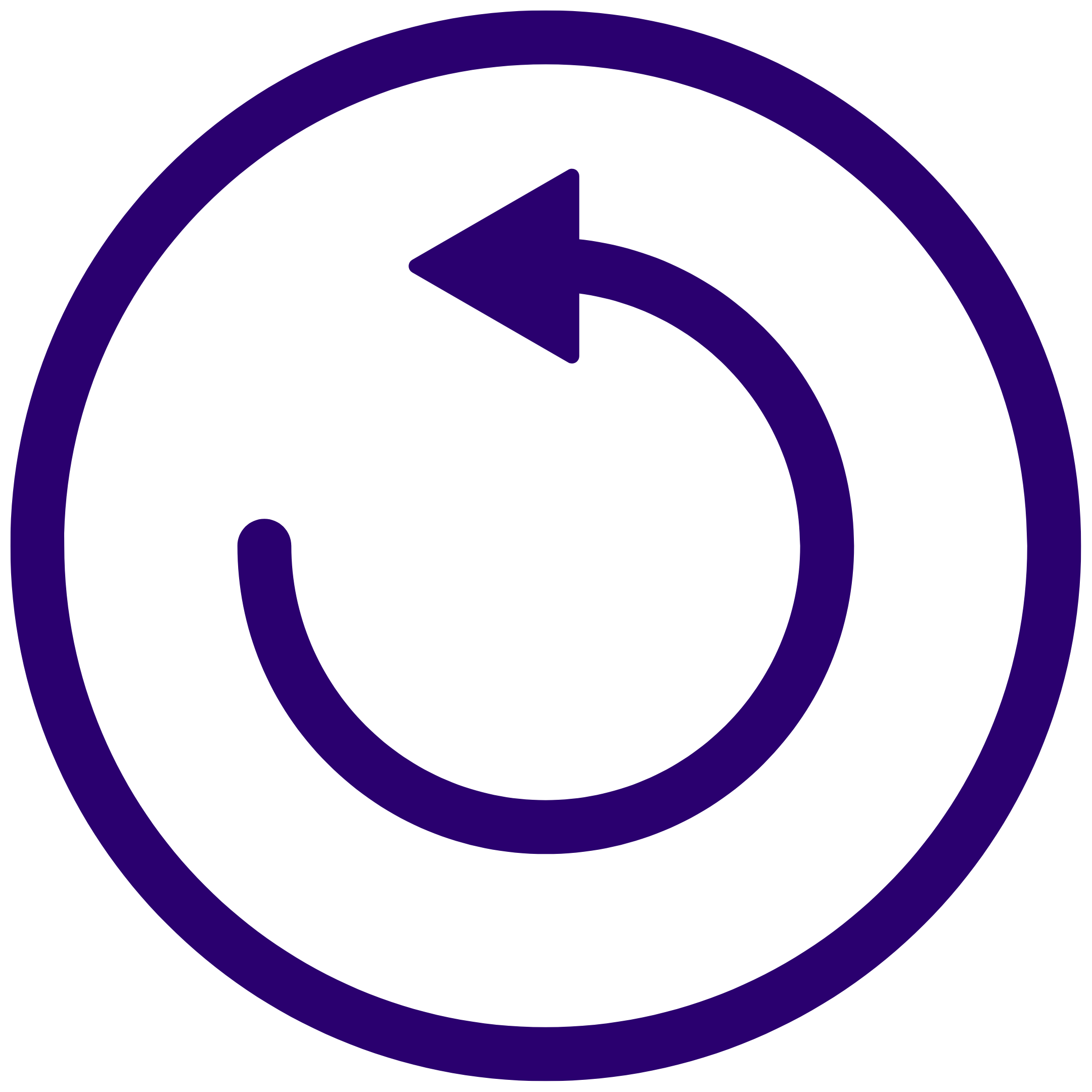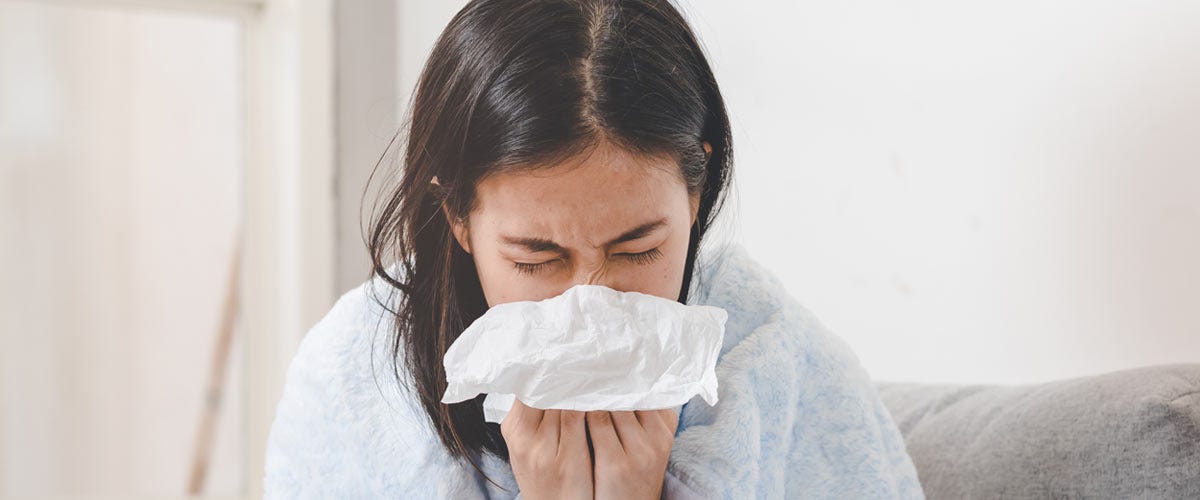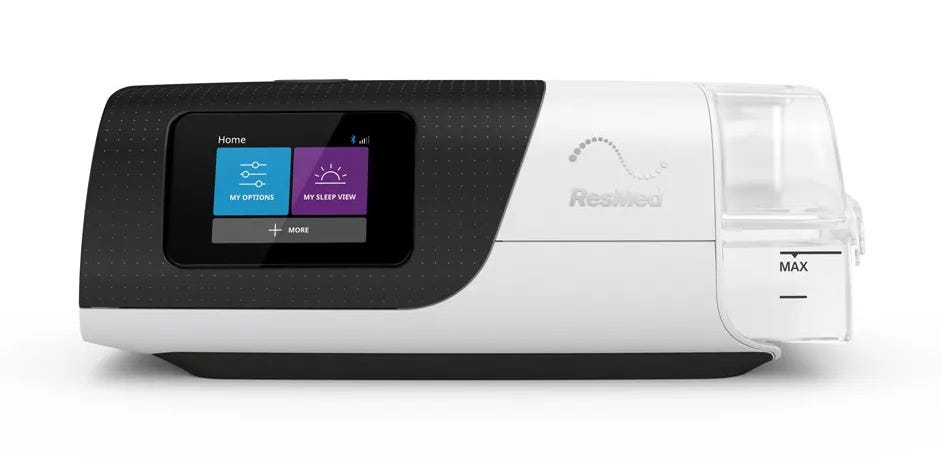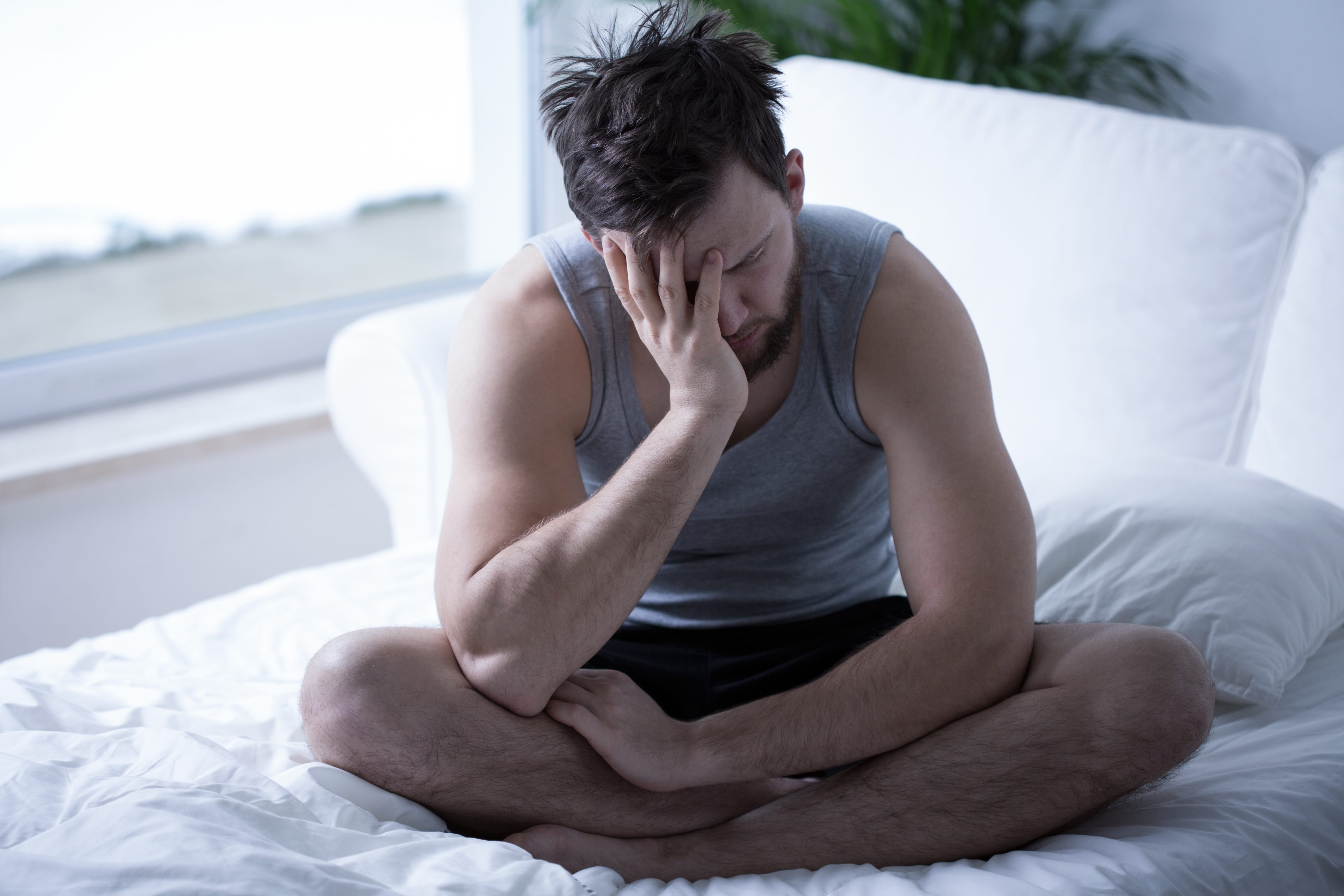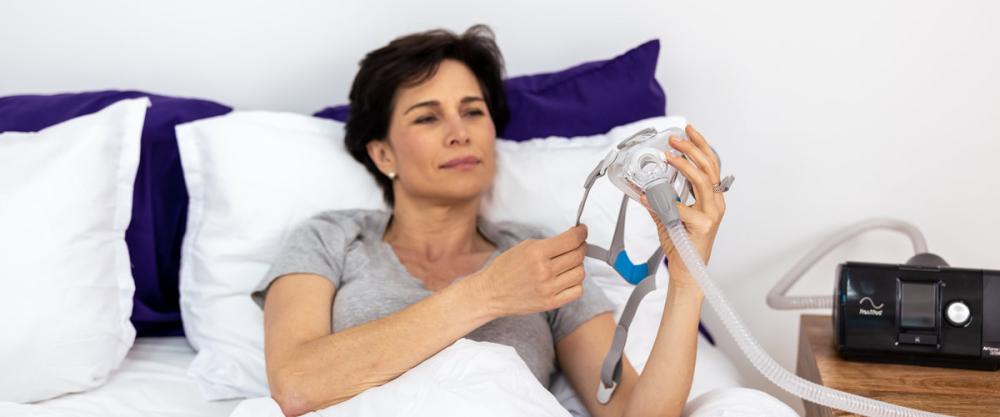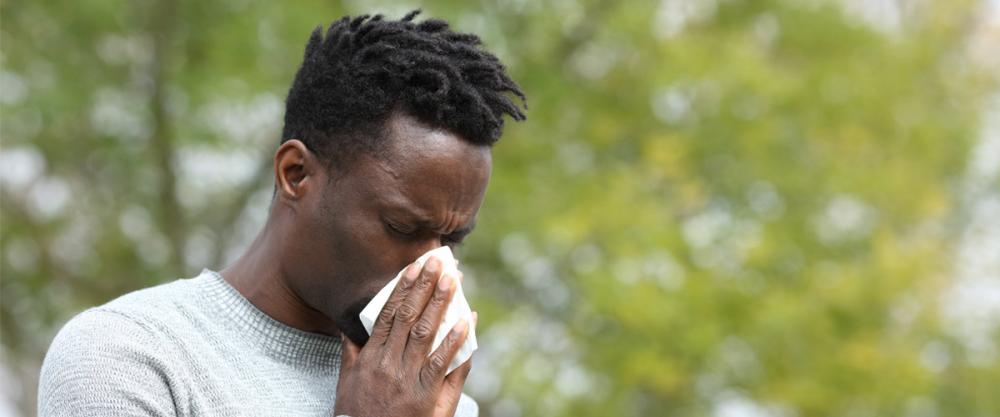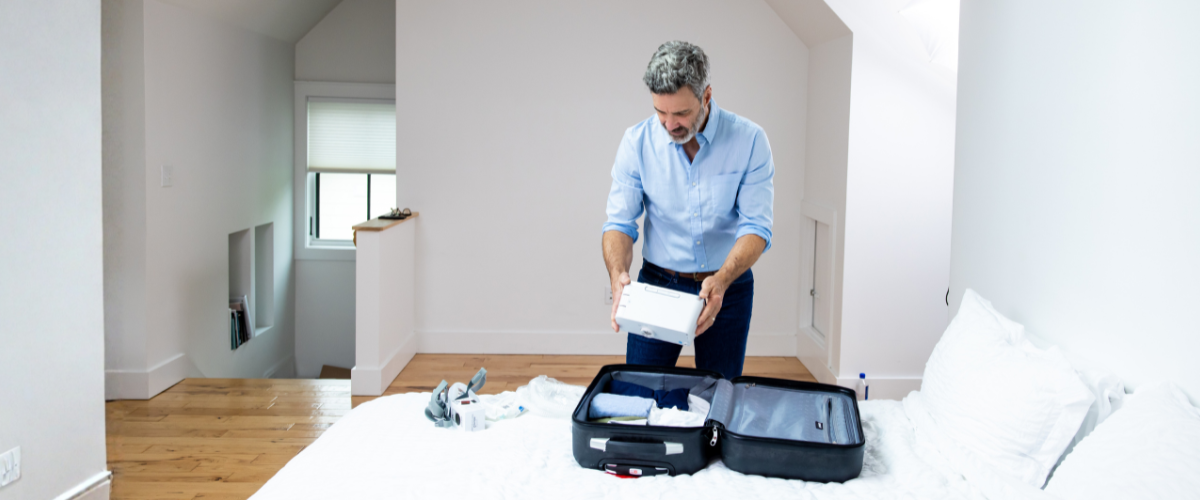If you come down with a cold or flu, you may wonder if you should continue your CPAP therapy. The answer is yes. It’s very common to think that once you have congestion in your nose or throat, you should stop using your CPAP for a few days until your symptoms subside.

But in reality, your CPAP machine can help relieve discomfort. If you have a CPAP stuffy nose or CPAP sinus pressure switch to a CPAP with humidifier to break up mucus. The humidifier will add moisture to the air passing through your hose to fight congestion and dryness.
Plus, must humidifiers are heated, so you can adjust the temperature of the air according to your needs. Heated humidity helps to prevent nasal discomfort and relieves inflammation. If your nose is cold the blood vessels in your nostrils dilate to help warm up the air you inhale. As a result, the extra blood flow can cause your airways to narrow, leading to increased mucus production.
However, with a humidifier, CPAP rainout can occur. This is when condensation collects in the tubing due to the temperature of the room being colder than the air passing through the CPAP tube. Prevent rainout by:
- Trying the humidity settings down.
- Raising the temperature of your room.
- Placing your CPAP machine lower than the bed.
- Keep the hose covered with your blankets or a tube wrap.
Along with using a CPAP humidifier, it’s good to switch from a nasal mask to a full face mask when you have a cold. This way if you can’t breathe through your nose your body will still receive the oxygen it needs.
To help adjust sleeping with a full face mask try changing your sleeping position or propping your pillows up to increase comfort.
Better Sleep and Faster Recovery
Not only do CPAPs help relieve cold and flu symptoms such as congestions, coughing, sore throat, and more, but they help you get the rest your body needs.
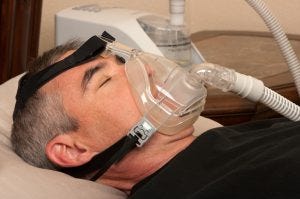
Studies show that lack of sleep affects your immune system. If you don’t get quality rest you’re more likely to get sick. Sleep deprivation also impacts how quickly you recover from illnesses because your body needs it to fight infectious diseases. Your body needs quality sleep to decrease the risk of heart disease, obesity, and diabetes.
As you sleep your immune system releases cytokines, which are proteins necessary to perform certain functions. Some promote better sleep while others increase if you have an infection, inflammation, or high levels of stress. If you aren’t getting proper rest the production of these cytokines and antibodies that fight infections are reduced.
If you have sleep apnea, then you’ll need your CPAP to sleep, especially when you have a cold. Adults need 7 to 8 hours of good sleep a night to help bolster their immune system.
Keeping Your Equipment Clean
Warm, moist environments like the inside of a CPAP humidifier chamber or hose can become breeding grounds for mold, germs, and infectious bacteria. It’s necessary for your health to sanitize your CPAP about once a week to lower your chances of getting sick.
Wash your CPAP hose, humidifier chamber, mask, and other supplies by placing them in warm water with a few drops of detergent added in. Swirl them around, rinse them, and then hang them up until they completely dry. Clean your CPAP machine by wiping it down with a clean damp cloth to remove any dust.
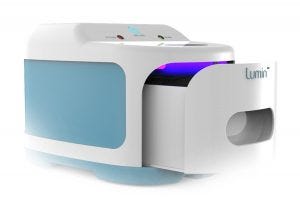
Disposable filters should be replaced when they’re no longer white. Clean disposable filters by rinsing them with warm water, squeezing them, and by using a towel to blot them dry.
Note: Only use distilled tap water in your humidifier chamber to prevent mineral build up. Some humidifiers are dishwasher safe, refer to your user manual to see if yours is or not.
If the CPAP cleaning process seems like a time-consuming hassle, then cut it out. Use a Lumin CPAP Cleaner to instantly wipe out 99% of bacteria. All you have to do is place your CPAP supplies inside and they’ll be completely clean in 5 minutes.
Also, remember to regularly replace your CPAP supplies according to their schedule to lower the risk of getting sick and fully benefit from your CPAP treatment.

